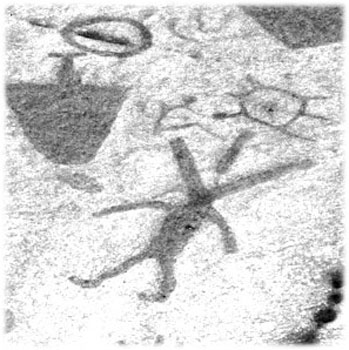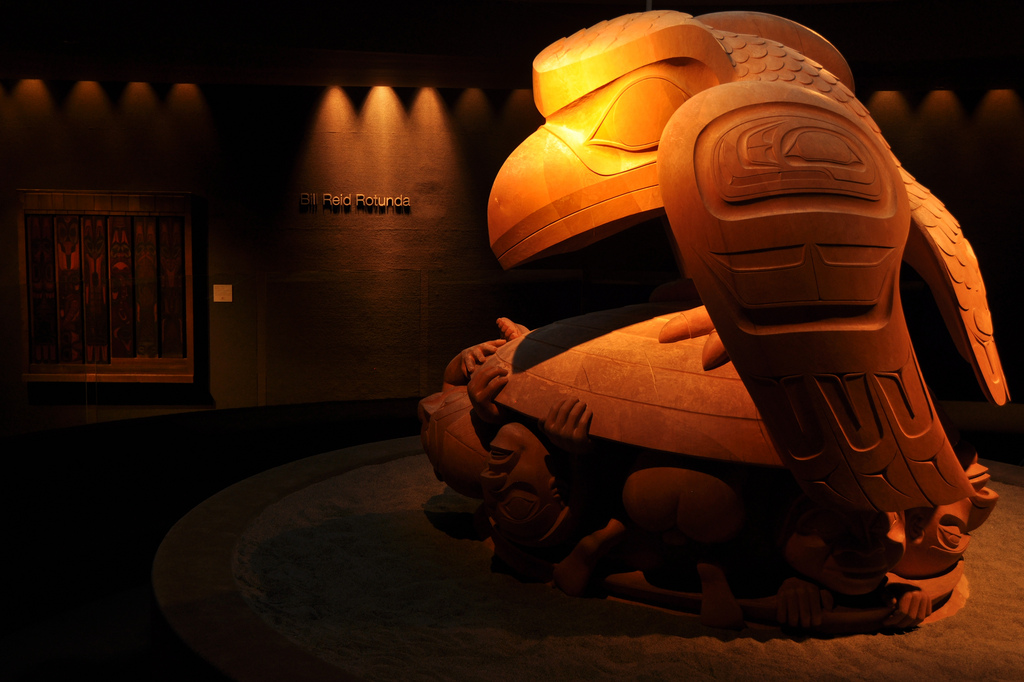Nanabozo (Nanabozho or Nanabush) is a culture hero, creator and trickster of various Indigenous oral histories. He is known by a variety of names and appears prominently in many origin tales. In the modern era, Nanabozo, like other Indigenous culture heroes, has proved useful to Indigenous peoples seeking a return to traditional approaches to learning and storytelling.

Definition
Nanabozo is a supernatural being of various Indigenous oral traditions. He is the embodiment of life, with the power to create life in others. In some Anishinaabe and Cree stories, Nanabozo is a main player in the creation of Turtle Island.
Nanabozo is also a shape-shifter. He appears as diverse personalities and forms – including a raven, a coyote and a hare – which represent the various phases and conditions of the life cycle in some Indigenous cultures.
Known as a trickster, Nanabozo plays a dual role in Indigenous oral traditions. On the one hand, he protects and even creates life. On the other, he is associated with mischief and breaking the rules. His adventures and misadventures are meant to teach right from wrong and how to live a good life.
Nanabozo in Literature
Nanabozo appears as a character in a number of late 20th-century literary works. He is the main character in Thomas King’s short story, "The One About Coyote Going West," and also appears as a coyote in King's novel Green Grass Running Water.
Nanabozo is a seagull, a nighthawk, and a bingo master in Tomson Highway’s play The Rez Sisters. In the foreword to this play, Highway describes him as being "as pivotal and important a figure in the Native world as Christ is in the realm of Christian mythology."

 Share on Facebook
Share on Facebook Share on X
Share on X Share by Email
Share by Email Share on Google Classroom
Share on Google Classroom





